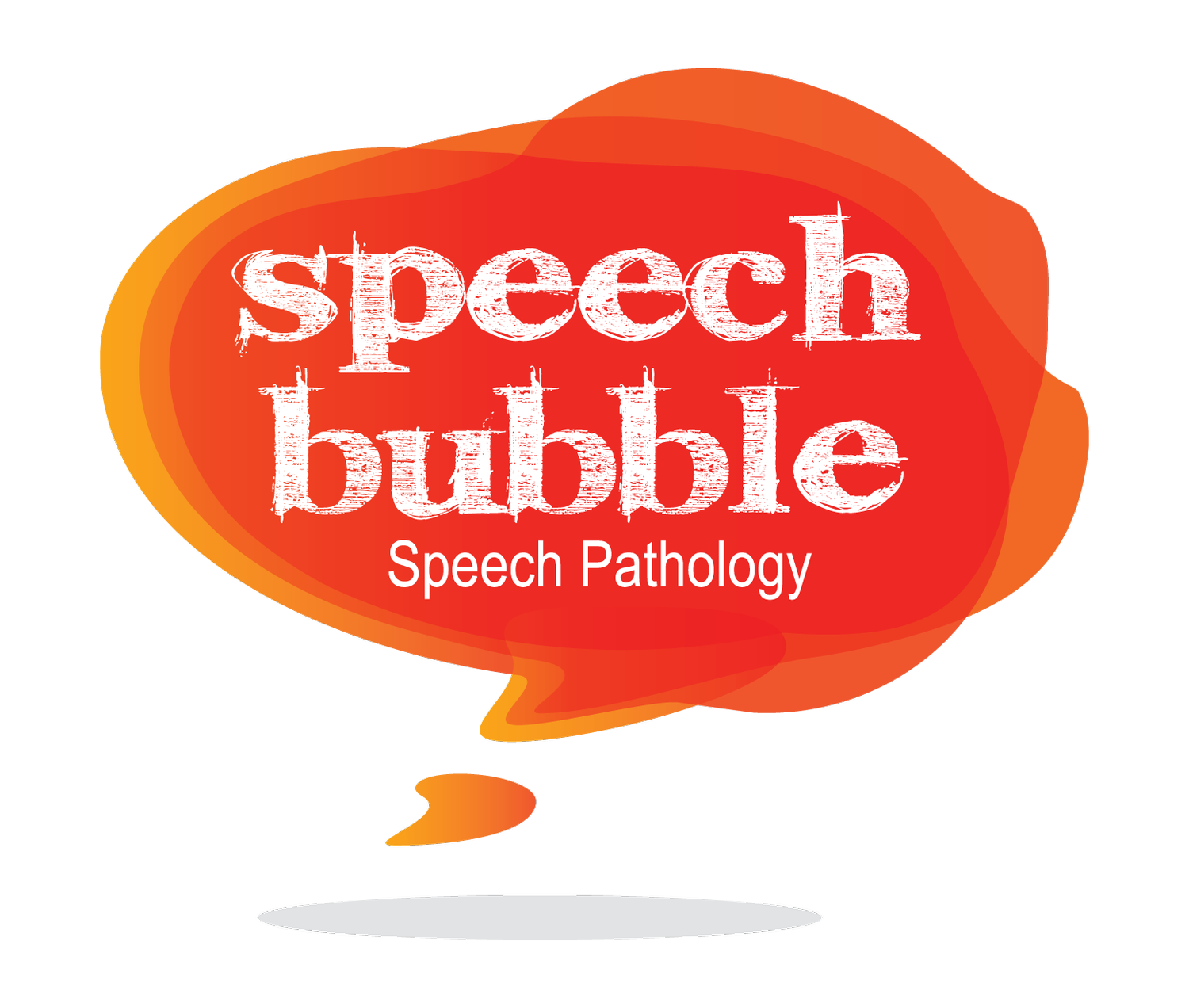Paediatric language: The early years
Right from birth, babies learn language and communication skills and are able to react to different sounds. They develop skills to understand language long before they start speaking. Each baby will develop these skills at a different rate, although there is a general pattern of early language development.
Things babies do before they learn to talk
Babies interact with their world by:
Crying and squealing.
Calming to familiar voices or becoming quiet when familiar voices are heard.
Exploring objects by banging them together, throwing, or mouthing them.
Copying other people's actions eg: waving bye-bye.
Blowing raspberries, to show excitement and pleasure.
Looking at toys/simple pictures/people with others.
This sharing of attention is an important skill.
Using their faces to communicate eg: smiling, frowning.
Listening to sounds and voices and trying to respond or interact.
Learning to use their voice to communicate.
Taking turns in making sounds.
Cooing or using ‘coos, goos, oohs and ahhs’.
Babbling, e.g., ‘bub-bub-bub’ or ‘da-da-da’.
Baby’s first year is a very important period for communication and language development. The skills listed above need to be encouraged.
Developing first words gradually, children begin to develop more meaningful communication by
Using simple words such as 'mama' and 'dada' for their parents.
Expressing 'yes' or 'no' by nodding or shaking of head.
Making up words for particular objects e.g. 'dodo' for all animals.
Starting to recognise and learn names of things they see a lot, eg: bear, car, ball.
Using simple words to ask for something, e.g. 'bobo' for bottle.
Still babbling but with some real words mixed in.
Using other words such as ‘more’, 'all gone’, 'up'.
Starting to recognise and name simple body parts, e.g. eye, ear, nose.
Following simple commands such as ‘come here’, ‘sit down’, ‘get book’, ‘clap hands’, ‘wave bye’.
By the age of 2 years
Children have between 50-200 words that they use regularly.
They are starting to put two and three words together to make little sentences, e.g. ‘more juice’, ‘daddy go car’, ‘me up’.
Children can answer simple questions such as ‘what’s that?’, ‘where is doggy?’
Children can follow simple instructions with 2 key words, such as ‘put the apple in the bin’, ‘give the book to daddy’, ‘get shoes and ball’.
They can turn pages in board books and point to or name things they recognize.
These facts are for educational purposes only. Please consult with your GP or other health professionals to make sure any information you read is right for your child.

